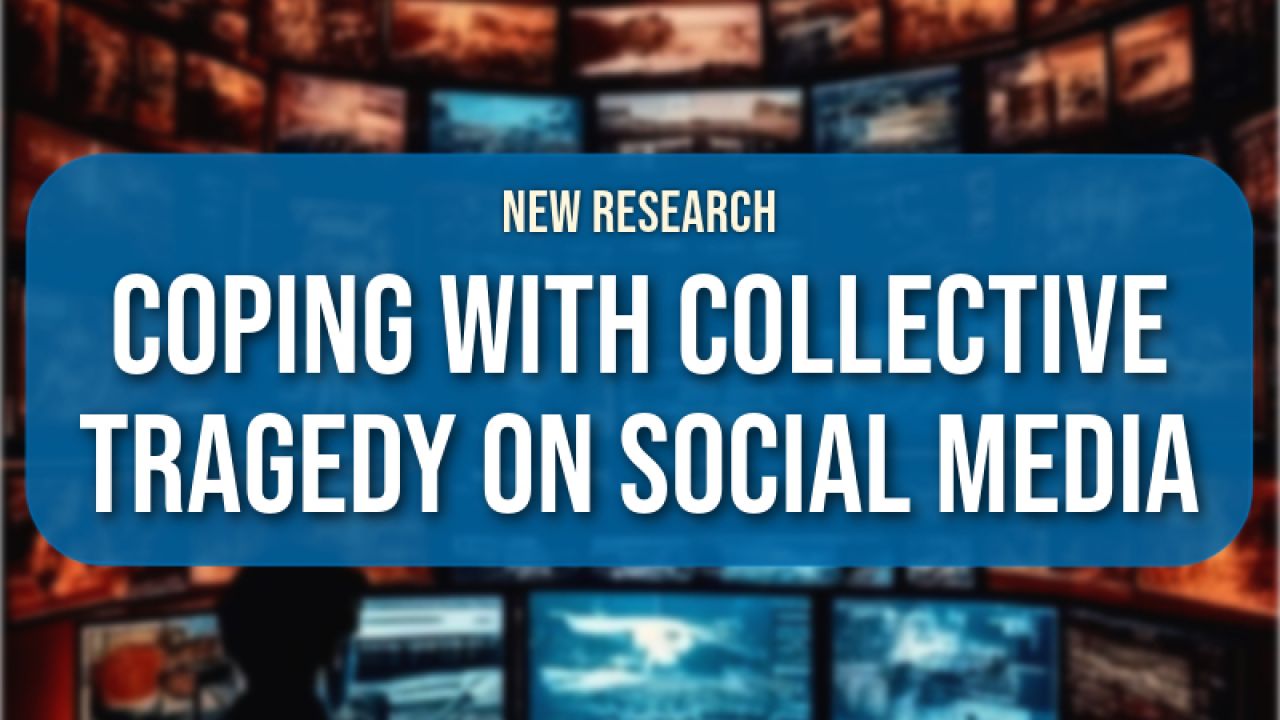March 04, 2025
Lessons from the Seoul crowd surge and Los Angeles Monterey Park shooting

When disasters like the crowd crush tragedy in Seoul in South Korea or mass shootings like the Monterey Park incident strike, the impact reaches far beyond those directly affected. While victims and their families endure immediate devastation, many others are indirectly affected by media coverage and social media exposure that can lead to significant distress.
Supported by a grant from the Page Center, we’ve conducted three studies to explore how individuals cope with such tragedies, particularly through social media and communal support. Our findings reveal that social media plays a dual role in this coping process: while it can exacerbate trauma, it also helps people process grief and build resilience.
One of the most striking insights from our research was the power of social media in facilitating community resilience. Our first study, focused on the Seoul crowd crush, found that active engagement on social media, including seeking and sharing information, increased people’s sense of resilience. It was not just about understanding the event, it was about contributing to a larger conversation and feeling connected to a broader community.
Our second study examined how social media can serve as a coping mechanism in the face of vicarious traumatization, or the trauma that occurs when people are exposed to distressing events through media rather than directly experiencing them. We found that people use social media in a variety of ways to deal with emotional stress, such as expressing empathy, sharing personal stories, and offering support to others in the community. These coping strategies can lead to post-traumatic growth.
Our third study found that during the Monterey Park shooting, social media exposure contributed to information overload, which in turn led to information anxiety. This anxiety often escalates into post-traumatic distress. However, when governments responded with transparent, empathetic, and responsive communication, it helped to mitigate the negative effects of social media exposure.
So, what does all of this mean for public relations professionals, crisis communicators, and community leaders?
-
Leverage social media for resilience: Social media isn’t just a tool for information dissemination, it’s a space where communities can come together to heal. Encourage active engagement and social media activism to foster a sense of collective resilience.
-
Support communal coping strategies: Provide platforms for communal sharing, where people can express empathy and support each other.
-
Empathy in communication: Responding with empathy and transparency is essential. Your messages have the power to either escalate or ease the trauma people are experiencing.
-
Be mindful of information overload: In the age of constant updates and news cycles, information overload is a real concern. Providing clear, digestible, and empathetic communication can prevent anxiety and help communities focus on recovery rather than becoming overwhelmed.
As we move forward, the challenge for us as communicators will be to not only manage the spread of information, but to foster an environment where recovery, healing, and community growth are just as much a part of the conversation as the tragedy itself. Social media is a powerful tool, and when used thoughtfully, it can help people not just survive, but also grow, in the aftermath of collective trauma.
For more information about this study, email Queenie Jo-Yun Li at queenie.li@miami.edu and Yeunjae Lee at Yeunjae.Lee@colostate.edu. This project was supported by a 2023 Page/Johnson Legacy Scholar Grant from the Arthur W. Page Center.
